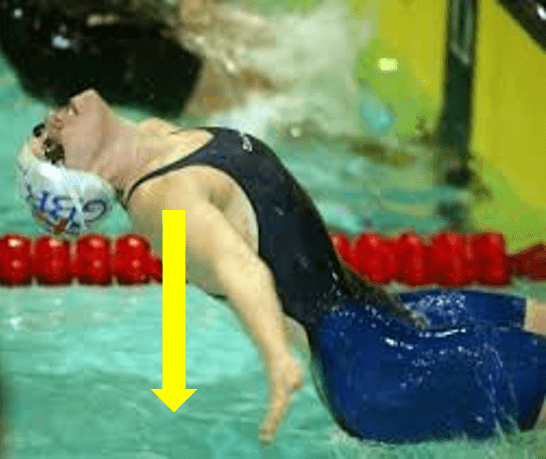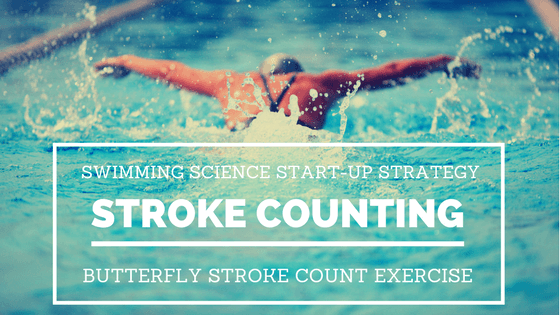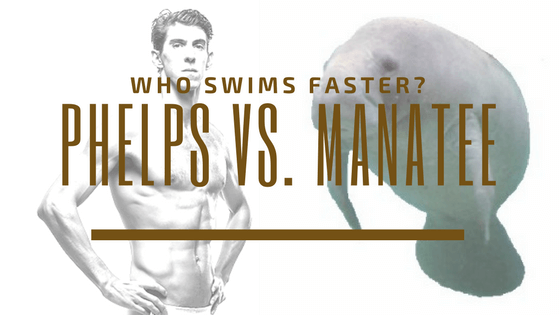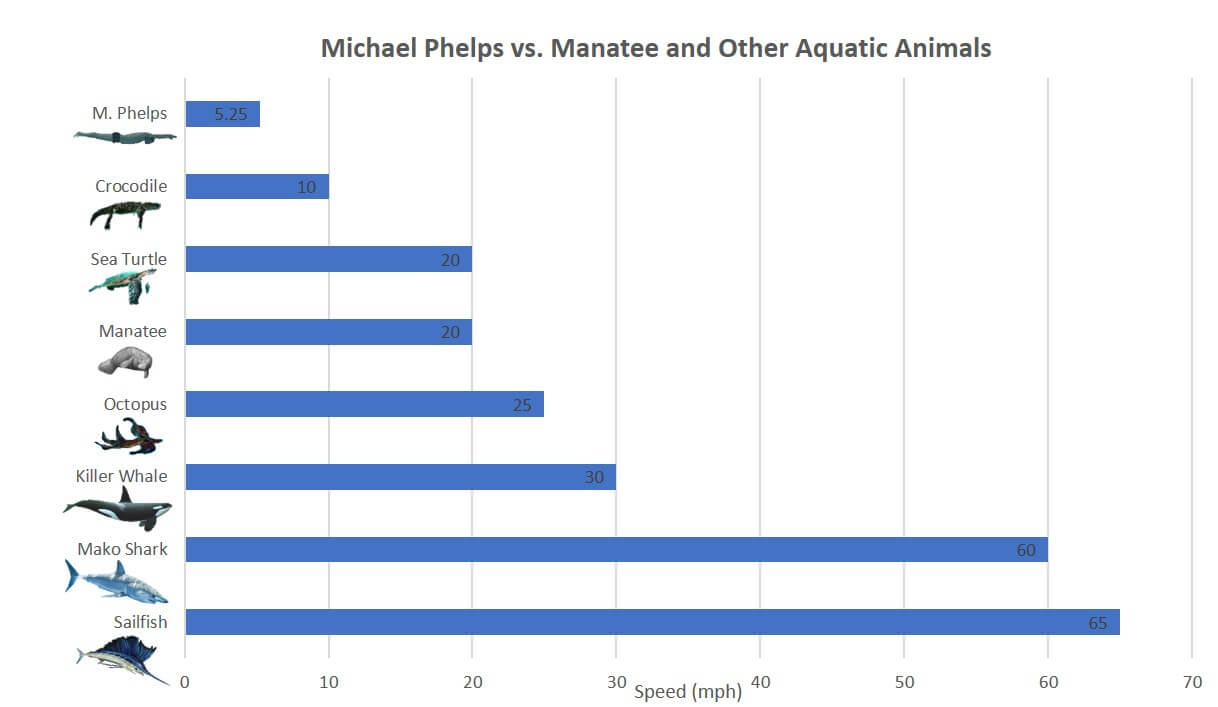4 Technique Tips That Will Benefit Almost EVERY Swimmer
Every swimmer has different strengths and limitations. However, research has shown that almost all swimmers can make improvements on these 4 technique elements to swim faster.
1. Butterfly – Limit head submersion on arm entry.
Cue: Feel the water level at the top of the head when the hands enter the water.
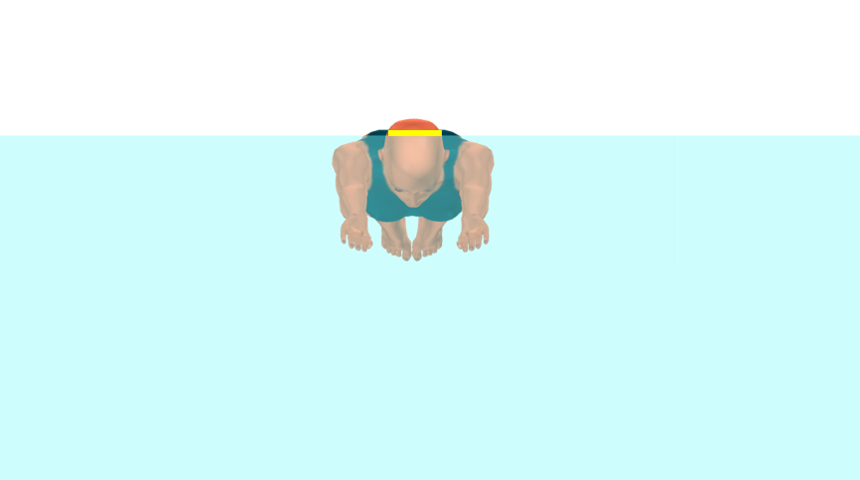
2. Backstroke – Increase hand force throughout the push phase.
Cue: Feel the hand pushing water back towards the feet throughout the push phase.
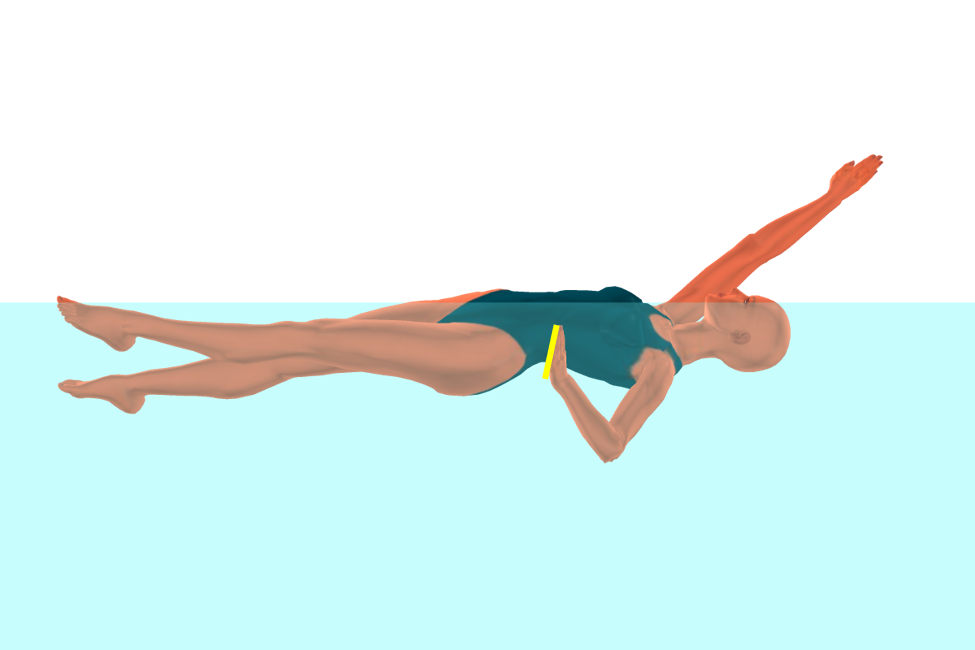
3. Breaststroke – Kick feet back and together so that they touch at the finish of every kick.
Cue: Feel the feet touch at the finish of every kick.
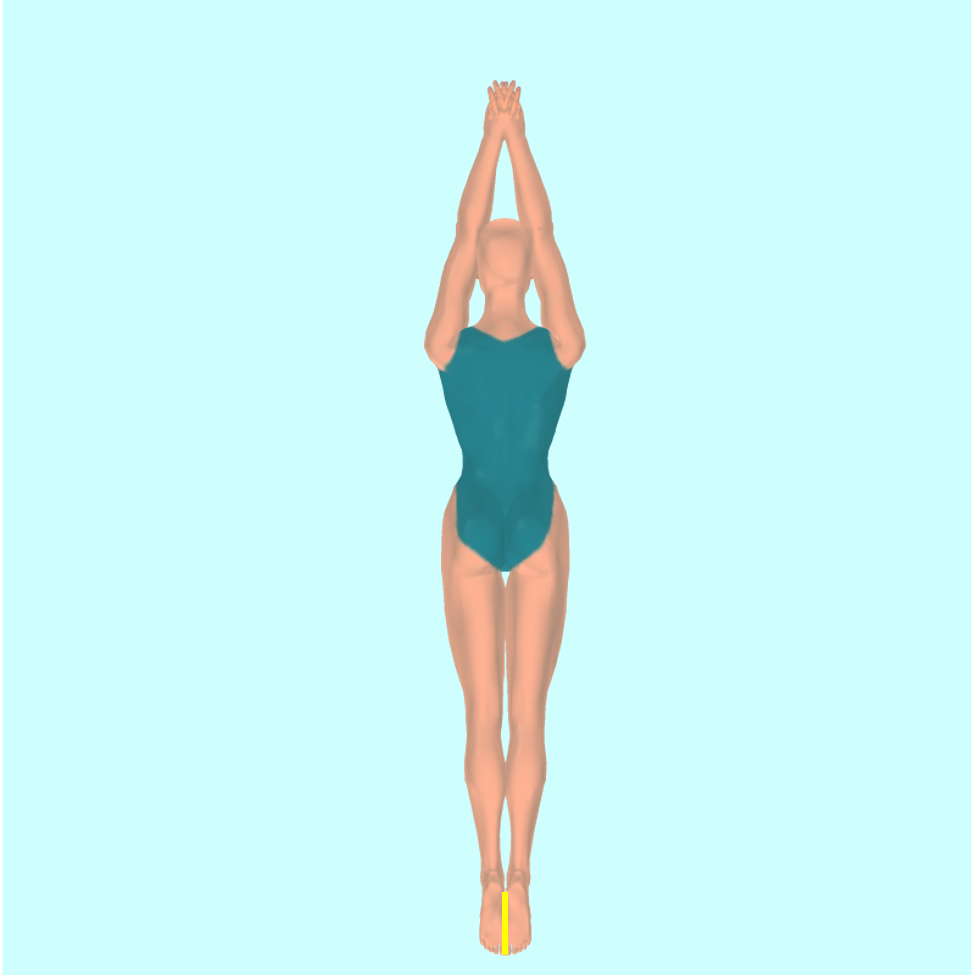
4. Freestyle – Push hand back beneath the thigh.
Cue: Feel the thumb touch the front of the thigh at the finish of every stroke.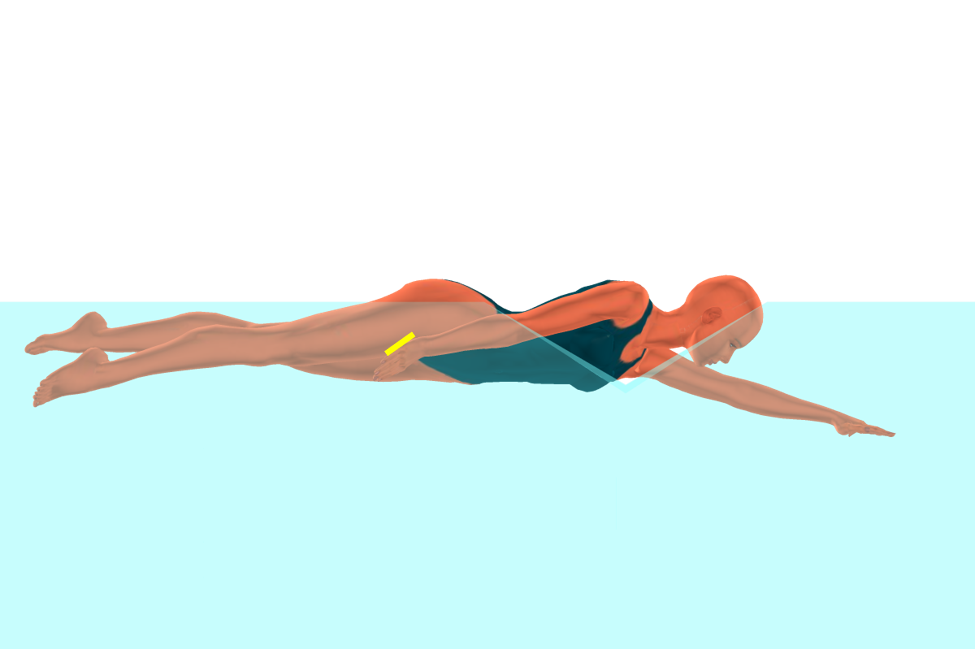

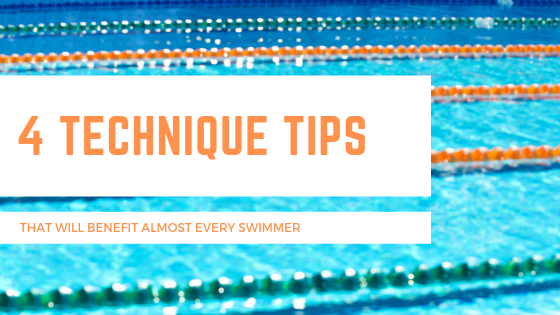
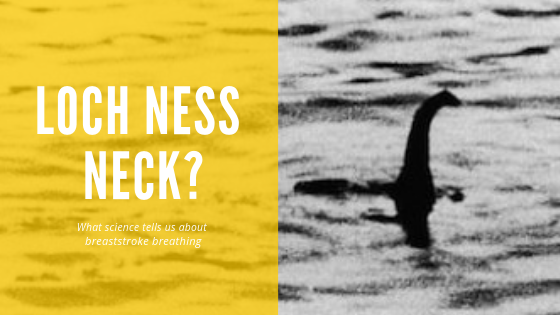

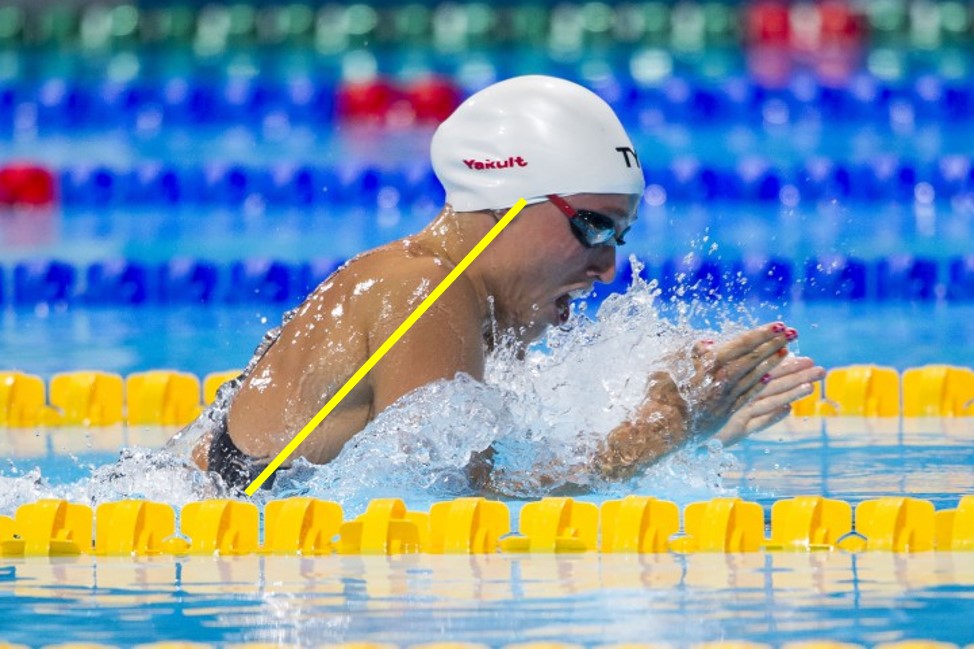




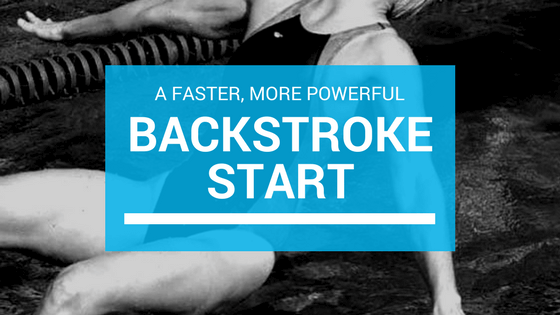
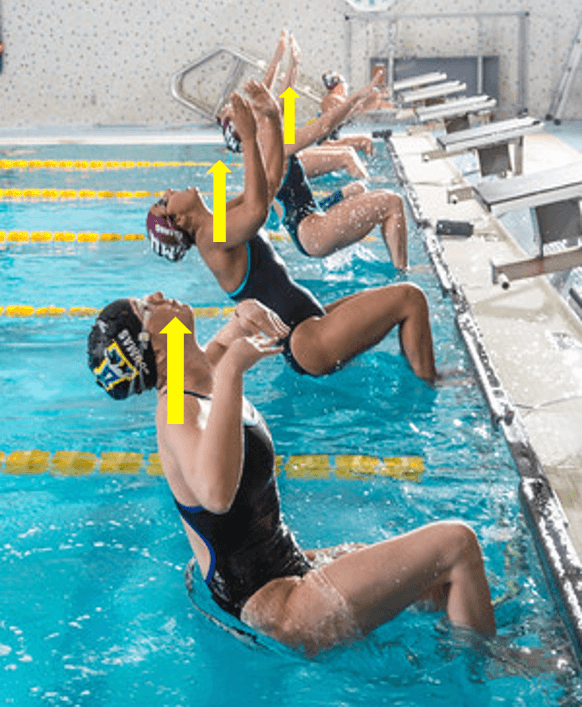
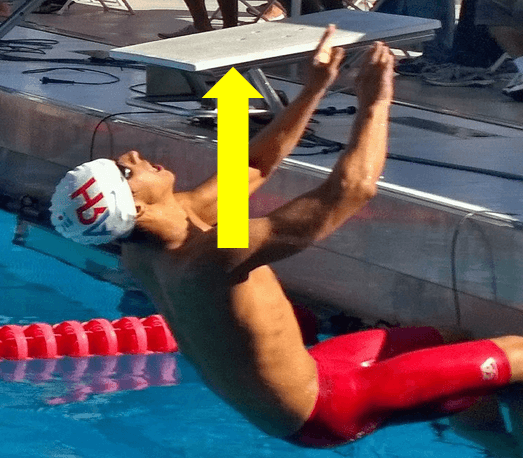 vs.
vs. 